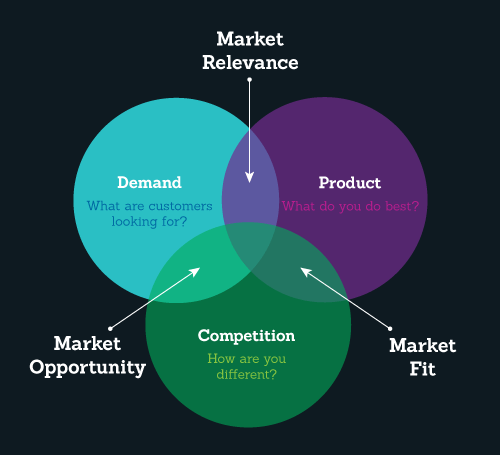The Role of Customer Feedback in Determining Product-Market Fit
In the pursuit of product-market fit, the role of customer feedback cannot be overstated. Customer feedback serves as a vital source of insights, guiding entrepreneurs and businesses in aligning their products or services with market demand effectively. This article delves into the importance of customer feedback in determining product-market fit, exploring its role, benefits, and best practices for leveraging customer insights to achieve resonant market alignment.
Understanding Product-Market Fit
Before diving into the role of customer feedback, it’s crucial to understand the concept of product-market fit. Product-market fit signifies the alignment between a product or service and the specific needs, preferences, or pain points of a target market segment. It represents the point at which a product gains significant traction, resonates with customers, and establishes a strong market presence.
The Role of Customer Feedback
1. Insight into Customer Needs and Preferences
- Identifying Pain Points: Customer feedback provides valuable insights into the specific pain points, challenges, or needs that potential customers face, guiding product development and refinement efforts.
- Understanding Preferences: By gathering feedback on features, functionalities, or user experience, businesses can tailor their offerings to align with customer preferences and enhance product-market fit.
2. Validation of Product Assumptions
- Testing Hypotheses: Customer feedback serves as a means to validate product hypotheses, assumptions, or value propositions, ensuring that the product aligns with market demand and customer expectations.
- Iterative Refinement: Continuous feedback loops enable businesses to iterate and refine their products based on real-world insights, addressing potential gaps or misalignments and enhancing product-market fit over time.
3. Enhancing Customer Engagement and Satisfaction
- Building Relationships: Engaging customers through feedback mechanisms fosters a sense of community, builds trust, and strengthens relationships, creating advocates who can drive word-of-mouth referrals and contribute to market validation.
- Driving Continuous Improvement: By actively soliciting and responding to customer feedback, businesses demonstrate a commitment to continuous improvement, responsiveness, and customer-centricity, which can enhance customer satisfaction and loyalty.
Best Practices for Leveraging Customer Feedback
1. Establish Robust Feedback Mechanisms
- Diverse Channels: Implement a variety of feedback channels, such as surveys, interviews, focus groups, user testing, and online reviews, to capture diverse perspectives and insights from customers.
2. Actively Solicit and Encourage Feedback
- Proactive Engagement: Proactively engage with customers, encourage feedback, and create incentives or rewards for participation to maximize response rates and quality of insights.
3. Analyze and Synthesize Feedback Effectively
- Data Analysis: Utilize data analytics tools and techniques to analyze feedback, identify trends, patterns, or common themes, and derive actionable insights to inform product decisions.
4. Iterate and Refine Based on Insights
- Actionable Insights: Translate customer feedback into actionable insights, prioritize key areas for improvement, and implement iterative changes to enhance product-market fit and alignment with customer needs.
Conclusion
Customer feedback plays a pivotal role in determining product-market fit, serving as a valuable source of insights, validation, and continuous improvement. By actively engaging with customers, soliciting feedback, analyzing insights, and iteratively refining products based on customer needs and preferences, businesses can enhance their alignment with market demand, drive sustainable growth, and foster customer loyalty. Embracing a customer-centric approach and leveraging the power of customer feedback are essential strategies in the journey to achieving and sustaining resonant product-market fit in today’s competitive marketplace.






